The Holden Trailblazer LTZ might be the largest vehicle Lucire has tested. With truck and truck-based vehicle sales growing, Jack Yan tries to work out the appeal of Holden’s entry into this market



Civilized GM has made the Trailblazer far more stylish—it’s no longer about just the off-road set
Lucire has often talked up the fuel-sipping cars such as the Volkswagen XL1, a mega-efficient hybrid of which the car maker only produced 250 copies. The Toyota Prius has taken over most taxi ranks and features prominently in Über fleets. One would think, based on how we talk about our environmental concerns, that the streets would look much like how we envisaged the futuristic 21st-century society in the 1970s and 1980s, with battery-powered cars zooming everywhere. But the opposite is true: this is the era of off-roaders, SUVs, crossovers and trucks, and Holden itself says it sells more Colorado pick-ups than its former staple, the Commodore.
You can point to hypocrisy if you like—20 years ago we received plenty of messages in the wake of the death of Diana, Princess of Wales, that readers would not buy a tabloid ever again, only to note that the following year, tabloid sales went up. But proponents of these tall vehicles talk about the commanding driving position, the ease of entry and exit, and, perhaps most importantly, a feeling of security for their families. The bigger, the safer, so the belief goes, even if the bigger vehicle would have more inertia if something were to go wrong; but at least at city speeds, and confronted with a regular sedan, the truck is going to win out. It’s only when others start playing a game of Mutually Assured Destruction that the stakes start getting high.
All this seems a pessimistic introduction to this road test, but despite all these misgivings about modern road beasts, we left feeling endeared with the Holden Trailblazer LTZ, a vehicle sold in other countries with the Chevrolet bow tie. Not because it has a magic formula that makes it more eco-friendly than its rivals, but because of its sheer honesty: it is what it is, and it does what it says. If you’re after a vehicle that is big—and it’s probably the biggest vehicle we’ve had on test at Lucire—with decent off-road capability, loads of torque, and plenty of space for kids and luggage, then the Trailblazer does it all for a reasonable price. And because big isn’t so unacceptable in 2017, you’re not going to get frowns from your neighbours. Strangely, too, because this is a “wagon”, albeit a truck-based one with a separate chassis, it seems socially acceptable to have a clean one on your drive. It doesn’t need to have dirt on it to signal that you really need the grunt and the bulk to go off-roading every weekend.
The Trailblazer is, as far as antipodeans go, a renamed and fully revised version of the former Holden Colorado 7. Holden has taken the Trailblazer name from the Chevrolet version, which comes out of the same plant. The new grille works, giving the 2017 Trailblazer a sleeker front appearance, making it look less bulky than its predecessor. The Holden badge is more subtle than the Chevrolet one, and in our opinion it works better: the Trailblazer doesn’t shout in the rear-view mirror of the car in front. It’s big, but it doesn’t seek to impose.
Head along the side and the silhouette is largely familiar, with a C-pillar that we regard as slightly awkward in its styling, but it’s offset by the bright red finish of our test car. The alloys are, again, pleasantly designed, and GM has evidently taken a lot of time to make the Trailblazer more urban in its appeal and urbane in its design. Chrome mirrors give the LTZ a more premium look, as do dashes of chrome trim under the side windows (excepting the sixth light).
The step serves a purpose: unlike the 2010 Ford Territory (also tested by this publication), it’s not cosmetic. You have to climb up into the Trailblazer, and you soon discover that that commanding driving position is very commanding indeed. Drivers of Toyota Lite Ace vans don’t have your altitude, and you do look down on Land Rover Freelanders and soft-roaders. One of our friends exclaimed, ‘It’s a bus!’ when we tried to park it in tight angle parks in downtown Auckland. That might be an exaggeration, but at 1,902 mm in width, you will have to be careful getting out of your door in parking lots, though length-wise the Trailblazer is a mere 4,887 mm—we’ve tested full-size cars that go beyond the 5 m barrier, so it isn’t as unmanageable as you might think when it comes to parallel parking.
In fact, it’s remarkably manœuvrable when it comes to those tight parallel spots. The rear camera helps tremendously, of course, as do the front and rear radar beeps, and big 18-inch wheels coupled with a 218 mm ground clearance mean you’re not worried about kerbing the alloys. As a round-town proposition, the Trailblazer isn’t as imposing as first impressions suggest.




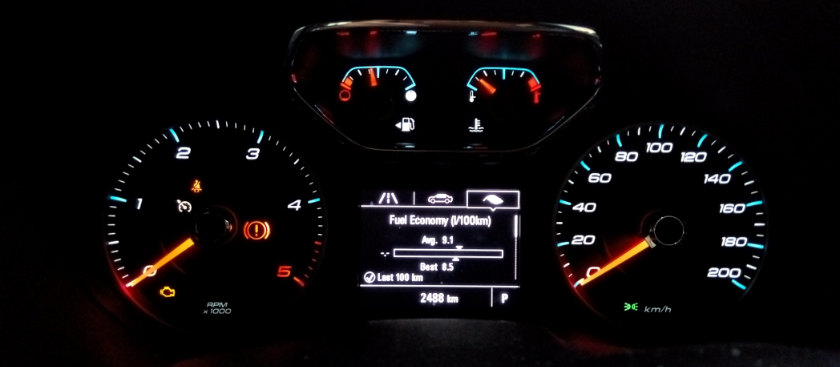

Design details: it may be truck-based, but the Trailblazer has enough mod-cons for families to enjoy
The interior is also a pleasant place to be. There are hard plastics but it’s again part of the Trailblazer’s honest, working-class roots. If you had to go off-roading in it, it’s easier to clean. But the mod-cons are there: leather seats (which contrast with the plastic in the dashboard), front seat warmers, easy-to-operate cruise control, sat-nav, GM’s very logical Mylink (which we rate as one of the best, especially as it caters to different languages, script systems and phones that are neither Google nor Apple), blind-spot warning, and an eight-inch colour touchscreen. The sat-nav draws a fairly realistic central Auckland in three dimensions, showing just how tech once reserved for premium marques has made its way to mainstream ones. The infotainment system includes, much to our surprise, digital radio, so BBC World Service it was. The Univers typeface on the display is familiar and legible. Not that it came up during our test, but the Trailblazer has a forward-collision alert and lane-departure warning, and ANCAP rates it five stars for safety. It’s also rated for towing three tonnes.
You can switch it between rear- and four-wheel-drive modes, with the first gear in the latter ideal for crawling in difficult terrain, but for round-town use, the former was sufficient. The 2·8-litre diesel four had plenty of torque as we drove mainly urban routes, with the Trailblazer serving as airport shuttle, load hauler, passenger transport, recreational vehicle, and even fish-and-chip-shop runabout. The six-speed auto serves the Trailblazer well; in fact, we were even presently surprised that it wasn’t a noisy, rattly truck. GM has tamed the Colorado platform well for families. Holden claims 8·6 ℓ/100 km (33 mpg), a figure that the Trailblazer beat with colleagues driving (it had scored 8·5 ℓ/100 km); we managed 9·1 ℓ/100 km (31 mpg) in our time with the vehicle; not bad for the size.
In a separate drive (published in June), the Trailblazer fared remarkably well off-road, and we noted that the instructor’s own vehicle was related, on the same platform and with the same engine.
All this comes with a price tag of NZ$62,990, which, in the context of the segment, isn’t wide of the mark. Holden’s own Commodore SV6 wagon retails at NZ$59,490; a Holden loyalist will have to debate whether the Trailblazer’s truck origins and off-road capability are the things they need. Logic would dictate that they are not for most buyers; but no one said car-buying was logical. One rival, the Ford Everest, has a larger diesel engine in New Zealand but begins at NZ$75,990; its chief threat is the less stylish (in our opinion) Toyota Hilux-based Fortuner, with a base price of NZ$54,990, but you would need to get to the Limited at NZ$59,990 to get closer to the Trailblazer’s standard equipment. We haven’t tested it yet, so we can’t say how much more you would need to pay to get an exact parallel to the LTZ’s specs.
We really warmed to the Trailblazer, thanks to its simple message. It doesn’t claim to be a luxury wagon but it does claim to be aimed at the everyday buyer: it has enough mod cons to be comfortable and fulfils that brief. It says it’s a workhorse, and it accomplishes that task honestly. It doesn’t claim to give you the most refined ride, yet what we experienced was perfectly acceptable for the segment. It goes off-road should you need it, and does so properly: a soft-roader it is not. It has the bulk and high-up position that some buyers want, even if they spend all their time on Tarmac. And most of all, it has a level of desirability and even personality, something we didn’t expect it to possess when we first hopped in. In spite of everything, trucks and truck-based wagons are here to stay, and having lived with it, it’s not that hard to understand just why the Trailblazer has appeal.—Jack Yan, Publisher
Originally published in Lucire.

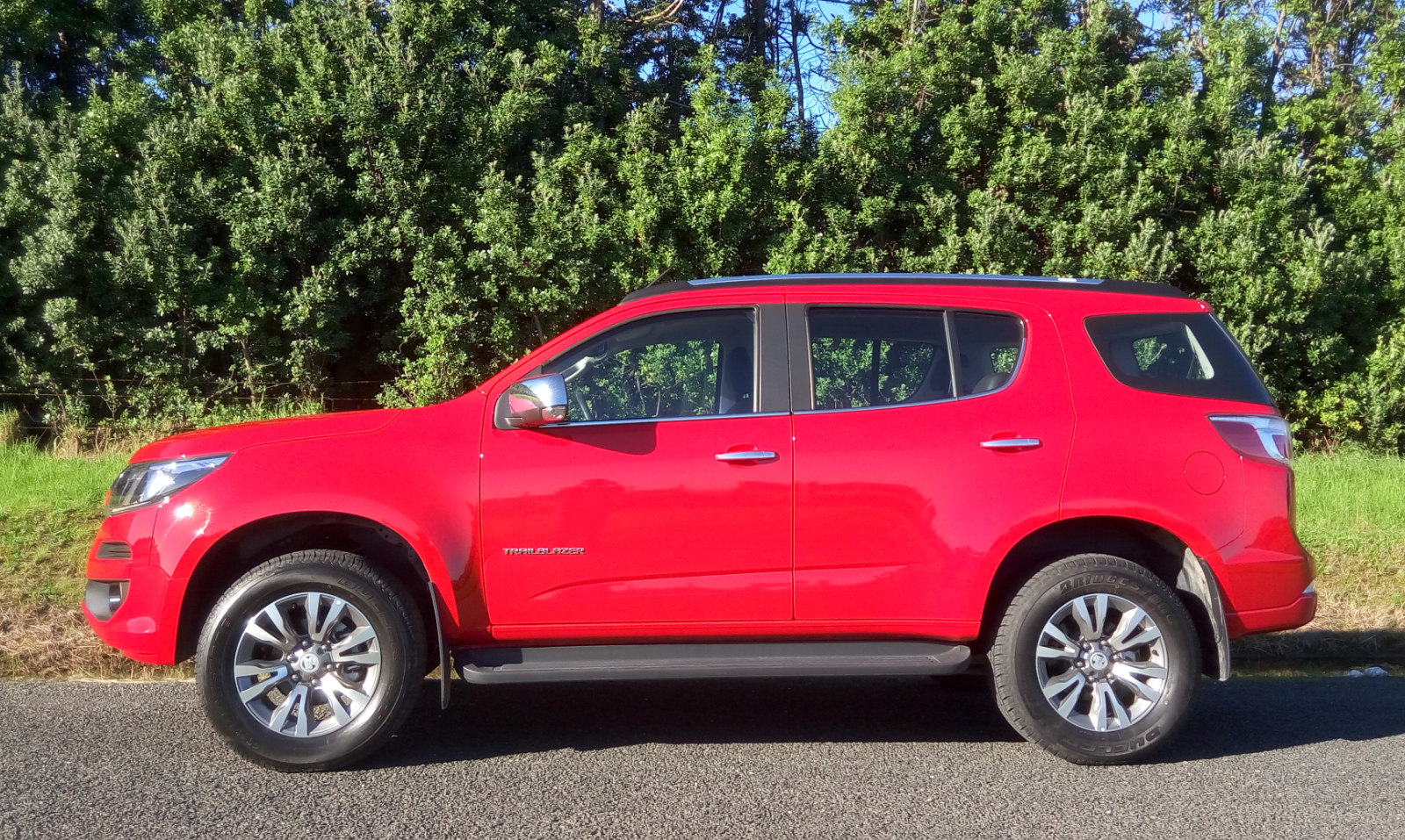


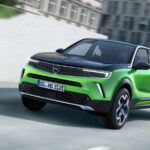
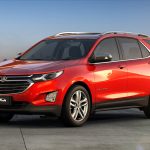
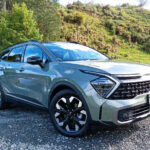


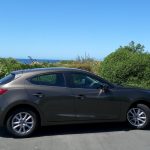
Leave a Reply